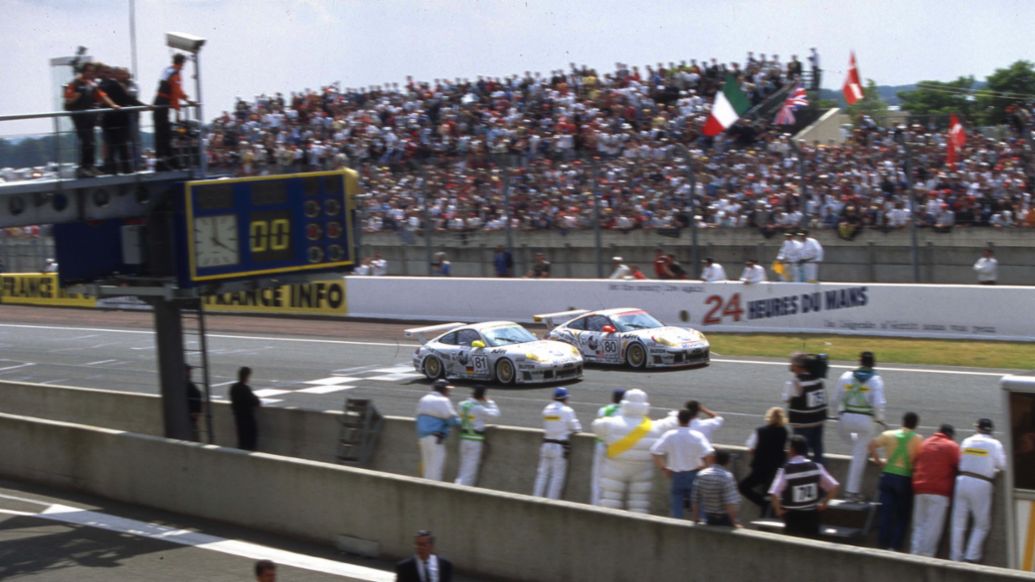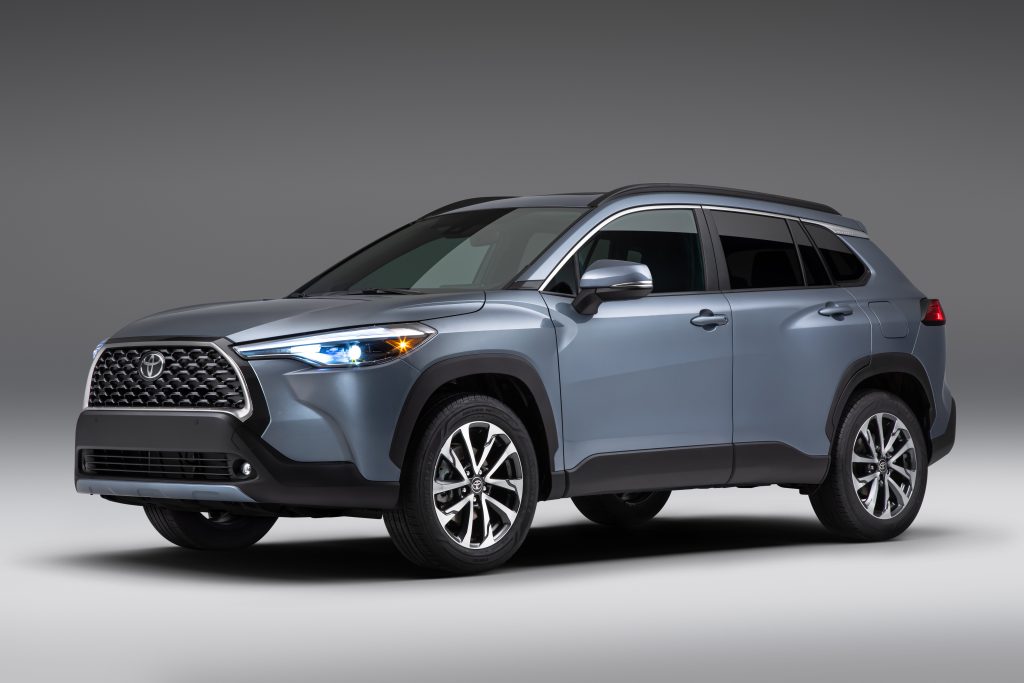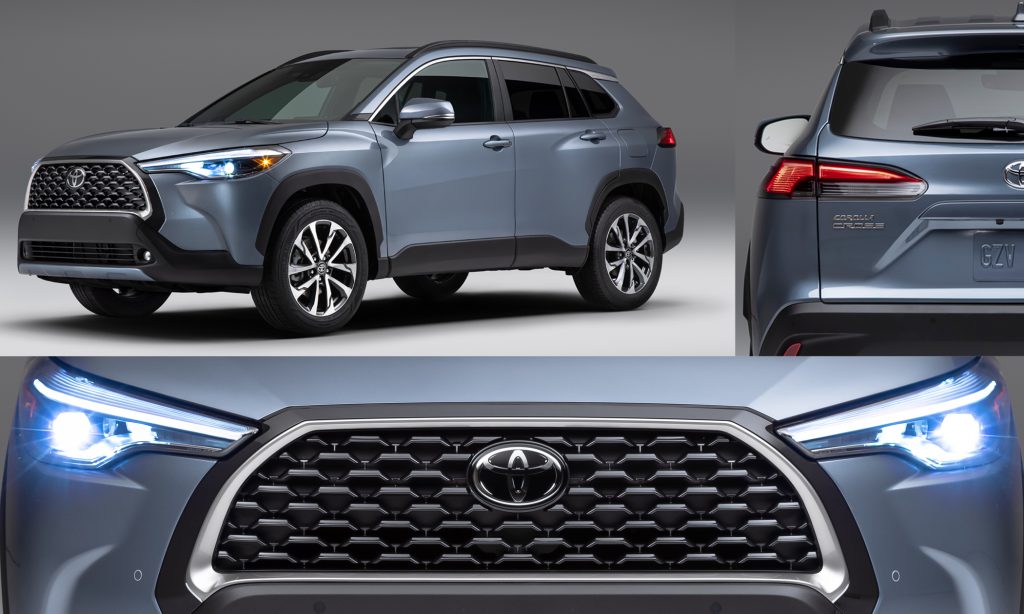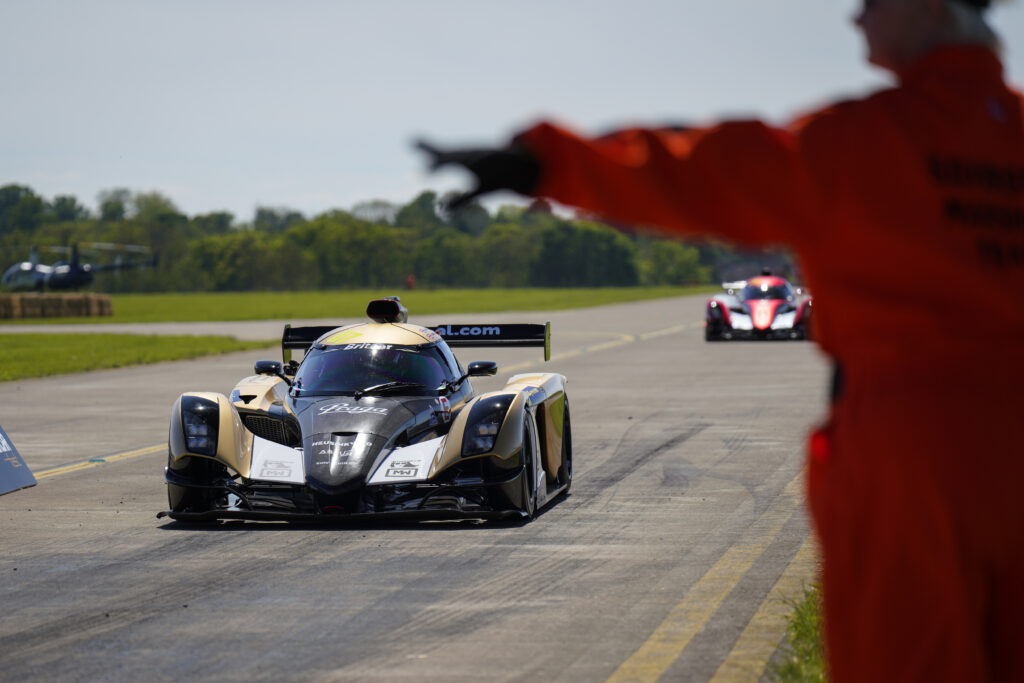The company, based in Meuspath in Germany’s Eifel region, celebrates its 25th anniversary this year. Here are 25 interesting, spectacular and at times unexpected facts about Manthey-Racing: 3,000 metres between home and hellAside from the close sporting and emotional ties between the successful Manthey-Racing squad and the Nürburgring, the team headquarters on the Meuspath industrial… Continue reading @VW Group: Spectacular, thrilling, surprising – 25 facts about Manthey-Racing003210
Category: OEMRSSCHK
@Toyota: Your Guide to Everything Announced During the Toyota New Product Showcase
The U.S. debut of an all-electric SUV concept. The expansion of the Corolla lineup with the 2022 Toyota Corolla Cross. Toyota’s new product showcase provided a first look at the 2022 Toyota lineup, offering a combination of style, versatility and performance. Whether you’re off-roading in a Tacoma, hitting the pavement in a 4Runner, or hugging… Continue reading @Toyota: Your Guide to Everything Announced During the Toyota New Product Showcase
@Toyota: Toyota New Product Showcase – Executive Remarks
Crossovers Samantha Goot, General Manager, Vehicle Marketing & Communications Hello everyone! How are you feeling this morning? For those of you who don’t know me my name is Sam Goot with Toyota Marketing … and we are so glad to have you here today. And I get the special honor to share the newest version… Continue reading @Toyota: Toyota New Product Showcase – Executive Remarks
@Toyota: Fukushima Prefecture and Toyota Begin Discussions Aimed at Building a Hydrogen-based City of the Future in Fukushima Prefecture
Fukushima Prefecture and Toyota Motor Corporation (Toyota) announced today that they have commenced discussions with various partners over building a city for a new future that makes use of hydrogen and technologies produced in Fukushima Prefecture. Go to Source
@Toyota: Toyota Hits World Championship Century at Portimao
Toyota will reach another milestone in its motorsport history next week when it competes in its 100th World Endurance Championship race, the 8 Hours of Portimao. The event, the second round of the 2021 FIA World Endurance Championship, will take place at the Portuguese circuit on 10-11 June. Portimao is a new venue for the… Continue reading @Toyota: Toyota Hits World Championship Century at Portimao
@Nio: 6-K: Report of foreign issuer rules 13a-16 and 15d-16 of the Securities Exchange Act000249
NIO Inc. Go to Source
@Daimler: MercedesCup 2021: The EQS hovering over Stuttgart
Major incentive for tennis pros at the MercedesCup: the new EQS is the official winner’s car Stuttgart. Good news for all tennis fans: after the MercedesCup could not be held last year due to the COVID-19 pandemic, it will be time again in June for “game, set and match” at Stuttgart’s TC Weissenhof. The 42nd… Continue reading @Daimler: MercedesCup 2021: The EQS hovering over Stuttgart
@niche: Praga Cars soak up the sun at Sywell Supercar Fest000923
Praga Cars were among the invited attendees at Sunday’s Supercar Fest at the Sywell Aerodrome in Northamptonshire. The sun was shining, the cars proudly displayed, and the Praga Cars UK team were joined by members of the Guest Driver Programme, Frank Stephenson, and Simon Reynolds of Formula to Perform, to meet and greet fans at… Continue reading @niche: Praga Cars soak up the sun at Sywell Supercar Fest000923
@niche: Workhorse Posts Best 3-Day Jump Since July on Retail Fandom000925
(Bloomberg) — Troubled electric truck startup Workhorse Group Inc. has become the latest darling of retail traders, who have pushed its share price up 58% in just three trading sessions. The stock soared as much as 59% on Thursday, before closing up 28%, the biggest one-day move since Jan. 26. Workhorse, which is still in… Continue reading @niche: Workhorse Posts Best 3-Day Jump Since July on Retail Fandom000925
@niche: Why Workhorse Group Stock Is Surging Today000924
Reuters Banks bulk up in Hong Kong as China business overshadows politics HONG KONG (Reuters) -Some global banks, funds and other financial services providers say they are stepping up hiring in Hong Kong, in a sign the city’s unique position as a financial gateway to China is outweighing concerns about Beijing’s tightening grip over it.… Continue reading @niche: Why Workhorse Group Stock Is Surging Today000924



